You say carat, I say… karat? They’re spelt differently, pronounced the same, and refer to the value of gold and diamonds. Karats and carats can be confusing to understand what people are talking about, especially if you’re unfamiliar with industry jargon. Of course, you know the conversation isn’t really about orange vegtables fed to rabbits and horses, so what are people really talking about? Here we look at the concept of a carat vs karat.
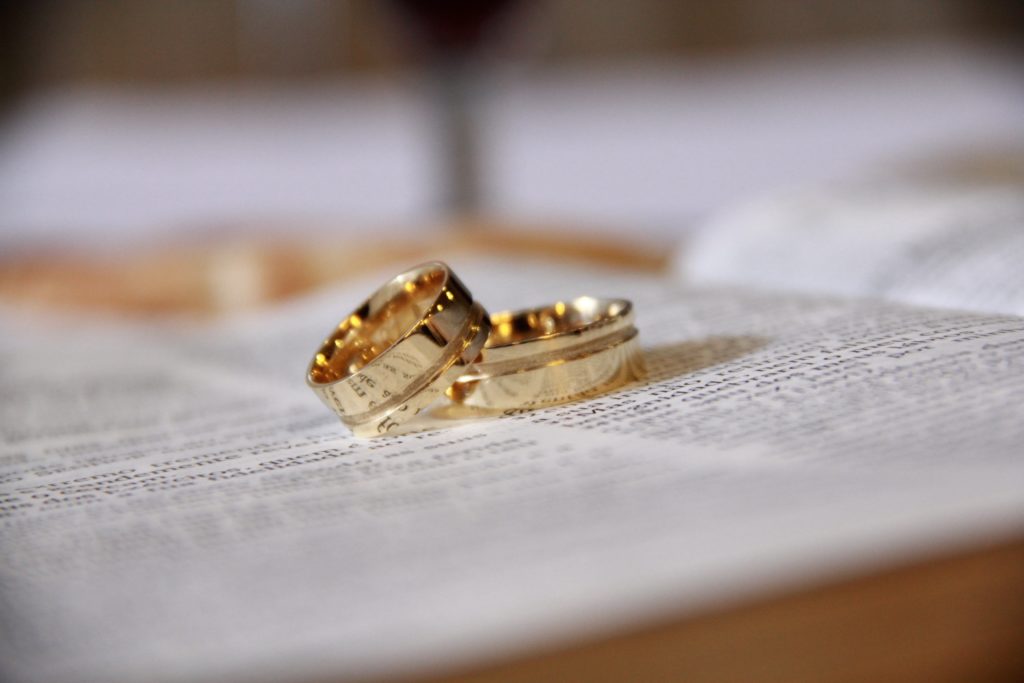
Carat vs Karat
First things first, in order to understand which is which, you need to know the basics.
A carat is a unit of weight for all gemstones – not just diamonds. We’re talking pearls, labradorite, everything. One carat is equal to 200 milligrams.
A karat is used to measure gold, specifically how many parts of an item is gold. Remember, just like silver, gold can’t be 100% pure when making jewellery and other items. 18k means that 18 parts of the item are gold, while the other six are other materials, 10k is less than half, and 24k is considered pure. 24 seems like a random number, but when you do the math it works out. For example, 18×100÷25 = 75, so 18k is equal to 75% purity.
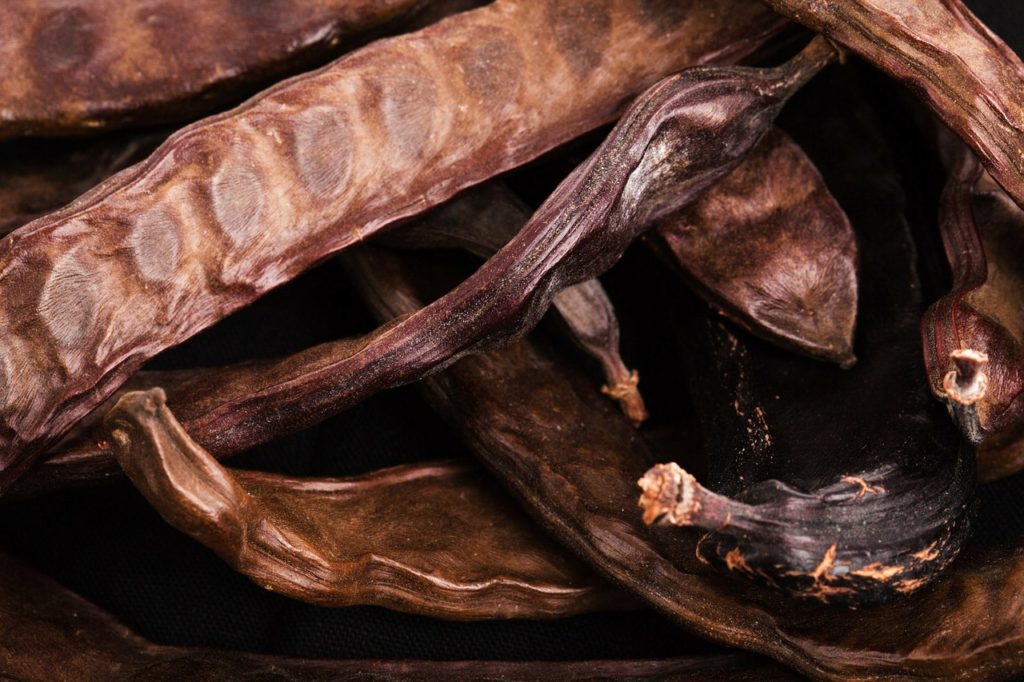
Karat vs. Carat
Despite the different spelling, both have the same source of origin. Back in ancient times, the carrob bean was used to measure small items in weight. It was the standard, so an item would be a 24th or an 18th of a carrob. Karat came into play later in 1854.

It All Looks the Same!
Now that we know what a karat is, how do you tell how many you have? Well, it’s harder to determine the exact amount, but there are ways to tell if there’s a higher or lower karat, or if it’s real gold in general.
Stamps are a quick go-to method, and unless there’s discolouration revealing another metal under it, then you should be alright. Stamps like 583 or 750 are common, and there are usually 10k or 24k stamps to look for. Again, if there’s discolouration then it isn’t real gold in the first place.
There’s also the colour test. Unless you have a well-trained eye, it’s hard to tell the exact karat, but it is a decent method. If you look closely enough, you’ll be able to see that the deeper the colour, the more karats it’ll have. Richer yellow-gold colours are indicators of higher karats, while brighter hues of yellow are lower karats. Mind you, it may not work with white gold, which has more nickel in it, or rose gold, which has more copper. Similarly, gold isn’t magnetic, so if an item is resistant to magnets, you have a higher karat.
Acid and touchstone methods work as well. Keep in mind that the acid test only works on an item with a high amount of karats, so anything below a certain point could be damaged. Keep in mind that it doesn’t matter what kind of acid you’re handling, acid is corrosive, so be sure to take the proper methods of precaution beforehand.
If all else fails, give your local jewellery appraiser a visit.
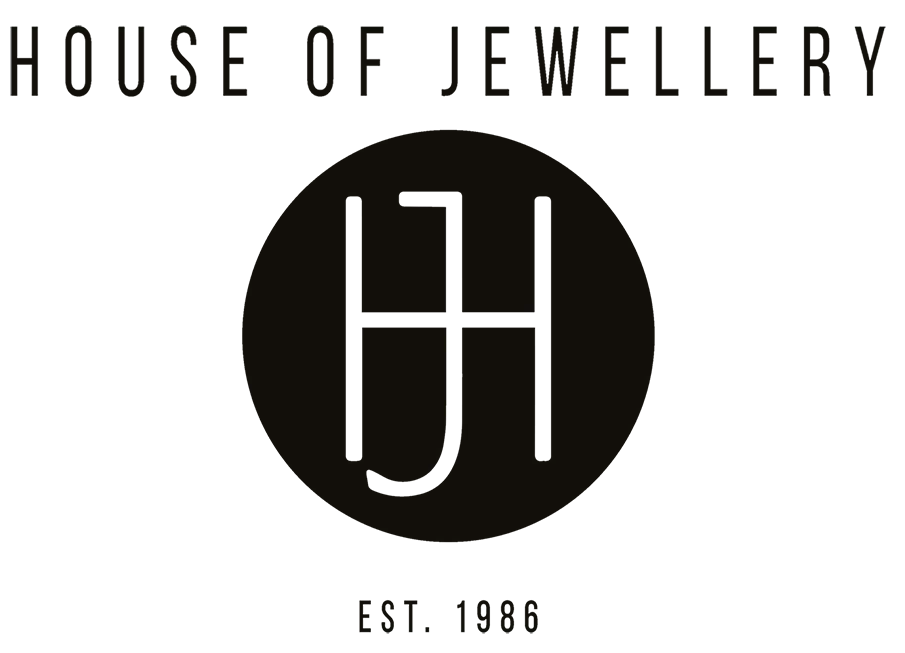


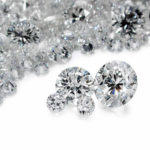

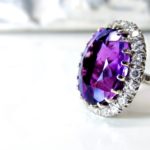
One thought on “Gold and Diamond: Carat vs Karat”